How Surviving My Firefighter Husband’s Near-Death Experience Uncovered Biohacking Secrets That Can Skyrocket Your Resilience—and Your Life
Ever wondered what it truly takes to be resilient—not just grinding nonstop but actually bouncing back when life throws its worst? Here’s a thought: real strength isn’t about sheer endurance or relentless hustle—it’s about recovery. Take my husband, a fearless FDNY Lieutenant who’s been on the frontlines since post-9/11, battling fires and crisis after crisis in New York’s toughest neighborhoods. Medal-winning heroics? Check. Brave beyond words? Absolutely. But here’s the kicker—heroes like him get hurt, weary, and yes, they need healing too. Last year, when a catastrophic fire severely injured him, our world flipped. Suddenly, the healer needed healing. Then something extraordinary happened—the wellness and biohacking world stepped in with groundbreaking, evidence-based tools that didn’t just treat symptoms—they sparked real restoration. It’s a reminder for entrepreneurs and leaders alike: your edge isn’t how long you push yourself—it’s how fast and fully you recover. Intrigued by how science meets grit to fuel genuine resilience? Dive deeper here: LEARN MORE

Opinions expressed by Entrepreneur contributors are their own.
Key Takeaways
- True resilience comes from recovery, not relentless performance or productivity.
- Biohacking offers innovative, evidence-based tools that accelerate healing and restoration.
- Supporting recovery for heroes and leaders sustains communities and long-term success.
My husband is a Lieutenant in the FDNY. He got on the job after 9/11 and, for more than two decades, has worked in some of the toughest neighborhoods in New York: Harlem and the South Bronx. He has responded to thousands of calls, from apartment fires to medical emergencies, from people in distress to scenes of tragedy.
He has earned five medals for heroic action. He once pulled an emotionally disturbed person out of the East River, saving them from drowning. Another time, he entered a burning building where a man had stabbed his mother and was holding her captive while the NYPD surrounded the building with guns drawn. In the middle of smoke, chaos and crossfire, the FDNY subdued both the blaze and the threat, saving lives that seemed seconds from being lost.
This is who he is. Brave. Selfless. A hero.
But here’s the truth: heroes get hurt. Heroes get sick. Heroes need healing too.
Related: Biohacking: The New Wellness Tool
The cost of courage
Last year, my husband was badly injured in a fire. He broke his back, dislocated his shoulder and had a ceiling collapse on his head. For firefighters, this is not unusual. The toll of running into burning buildings, breathing in smoke and toxins and carrying the weight of both people and tragedy eventually catches up.
When it happened, our world turned upside down. We went from being the family cheering him on at medal ceremonies to being the family figuring out how to get him through each day. Suddenly, the man who had spent his life saving others was the one who needed saving.
And what happened next reminded me of 9/11, when strangers across New York came together in the face of horror. Except this time, it wasn’t only New Yorkers — it was the wellness and biohacking community that showed up.
When the biohacking world showed up
People came out of the woodwork. The CEO of Pulse PEMF drove down from Connecticut with a device designed to accelerate healing at home. Blue Scorpion sent bottles of their anti-inflammatory liquid to ease pain and swelling. HigherDose donated four saunas to his firehouse and three others in his division, giving firefighters a chance to detox and restore. Therasage sent a red-light and PEMF mat to support circulation and recovery. Salt Chamber provided a portable booth to help with lung health. Relax Saunas gifted another sauna for detoxification, while BrainTap contributed a headset to promote deep rest and mental clarity.
And it didn’t stop there. Wasabi Method treated him with advanced shockwave therapy. RAisonance gifted AI-based diagnostic testing for our entire family and his firehouse. Living Prana delivered nutrient-dense superfood pancakes to nourish us through long, exhausting days. Bioptron sent a medical-grade light to help surgical scars heal faster. C60 shared oils, gummies and skincare infused with antioxidants for cellular repair. Centropix provided PEMF mats we could use at home, in the car, or even while traveling, to support molecular-level healing. Thetacoustics sent a ReVibe chair to help reset the nervous system and support his recovery.
Each of these gifts was more than a product. They were acts of love, solidarity and innovation. Together, they created a web of care that held us up when we felt like falling.
Related: How to Biohack Your Way to Better Mood, Sleep and Performance
Lessons in leadership and recovery
As a wife, I had to learn that love doesn’t just mean faith — it means fighting for every tool and every advantage to help him heal. As an entrepreneur, I had to recognize the larger truth: recovery is not optional. It is the foundation of resilience.
We glamorize performance, grit and productivity, but rarely talk about the infrastructure of care that makes those possible. Firefighters are expected to bounce back from the unimaginable. Founders are expected to perform through exhaustion. Leaders are expected to show up without fail. But the truth is, your edge doesn’t come from how much you can endure. It comes from how fast and fully you can restore.
That’s what biohacking, at its best, is really about. Not gimmicks. Not hype. Evidence-based solutions that help the human body heal, adapt and thrive under pressure.
For entrepreneurs, this is a critical lesson. Just as my husband cannot serve his city without recovery, leaders cannot serve their teams, their customers or their missions if they burn themselves out. The companies that will define the future are the ones that build cultures where recovery is as valued as productivity.
A community that cares
There’s no denying the biohacking industry is noisy. It’s young. It’s unregulated. For every brilliant breakthrough, there’s a shiny object that doesn’t deliver. But I’ve seen the best of it — the scientists, doctors and inventors who care deeply about building tools that help people like my husband, people who give everything to serve others.
That matters not just to firefighters and first responders, but to every community. Because when we help the heroes heal, we help the communities they protect thrive. And when entrepreneurs and leaders take recovery as seriously as performance, they build businesses that don’t just succeed, but last.
Related: Why Smart Entrepreneurs Are Betting Big on Biohacking
Helping the heroes heal
My husband’s story isn’t unique. Across this country, countless first responders, veterans and frontline workers are carrying injuries, illnesses and burdens most of us never see. They need better tools, better access, and better care.
This is the call to action for leaders in every sector: to think beyond short-term output and focus on long-term sustainability. To invest in recovery as deeply as we invest in performance. To honor the fact that behind every act of service is a human being who deserves to heal.
If you want to learn more about the innovators building solutions for recovery and resilience, visit the Biohacking Index. It is a growing resource of companies committed to truth, efficacy and impact—because finding the right tools can mean the difference between burnout and breakthrough, between injury and renewal, between survival and thriving.
Helping the heroes heal isn’t just about one firefighter. It’s about all of us.
Key Takeaways
- True resilience comes from recovery, not relentless performance or productivity.
- Biohacking offers innovative, evidence-based tools that accelerate healing and restoration.
- Supporting recovery for heroes and leaders sustains communities and long-term success.
My husband is a Lieutenant in the FDNY. He got on the job after 9/11 and, for more than two decades, has worked in some of the toughest neighborhoods in New York: Harlem and the South Bronx. He has responded to thousands of calls, from apartment fires to medical emergencies, from people in distress to scenes of tragedy.
He has earned five medals for heroic action. He once pulled an emotionally disturbed person out of the East River, saving them from drowning. Another time, he entered a burning building where a man had stabbed his mother and was holding her captive while the NYPD surrounded the building with guns drawn. In the middle of smoke, chaos and crossfire, the FDNY subdued both the blaze and the threat, saving lives that seemed seconds from being lost.
This is who he is. Brave. Selfless. A hero.
The rest of this article is locked.
Join Entrepreneur+ today for access.
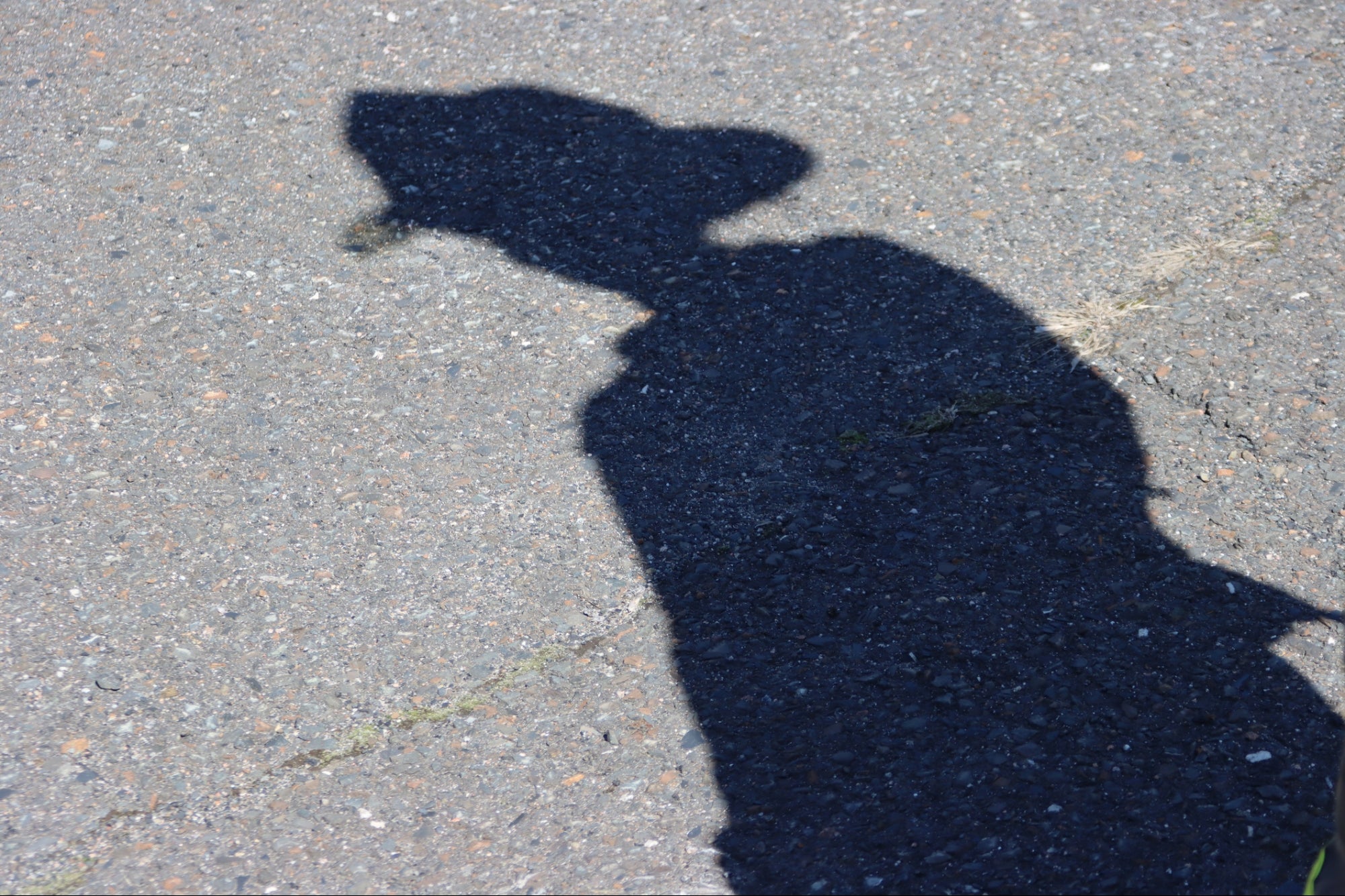
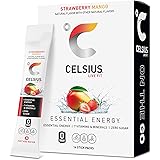

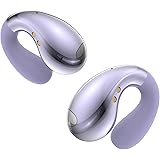
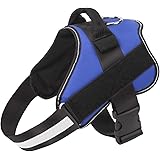
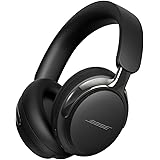
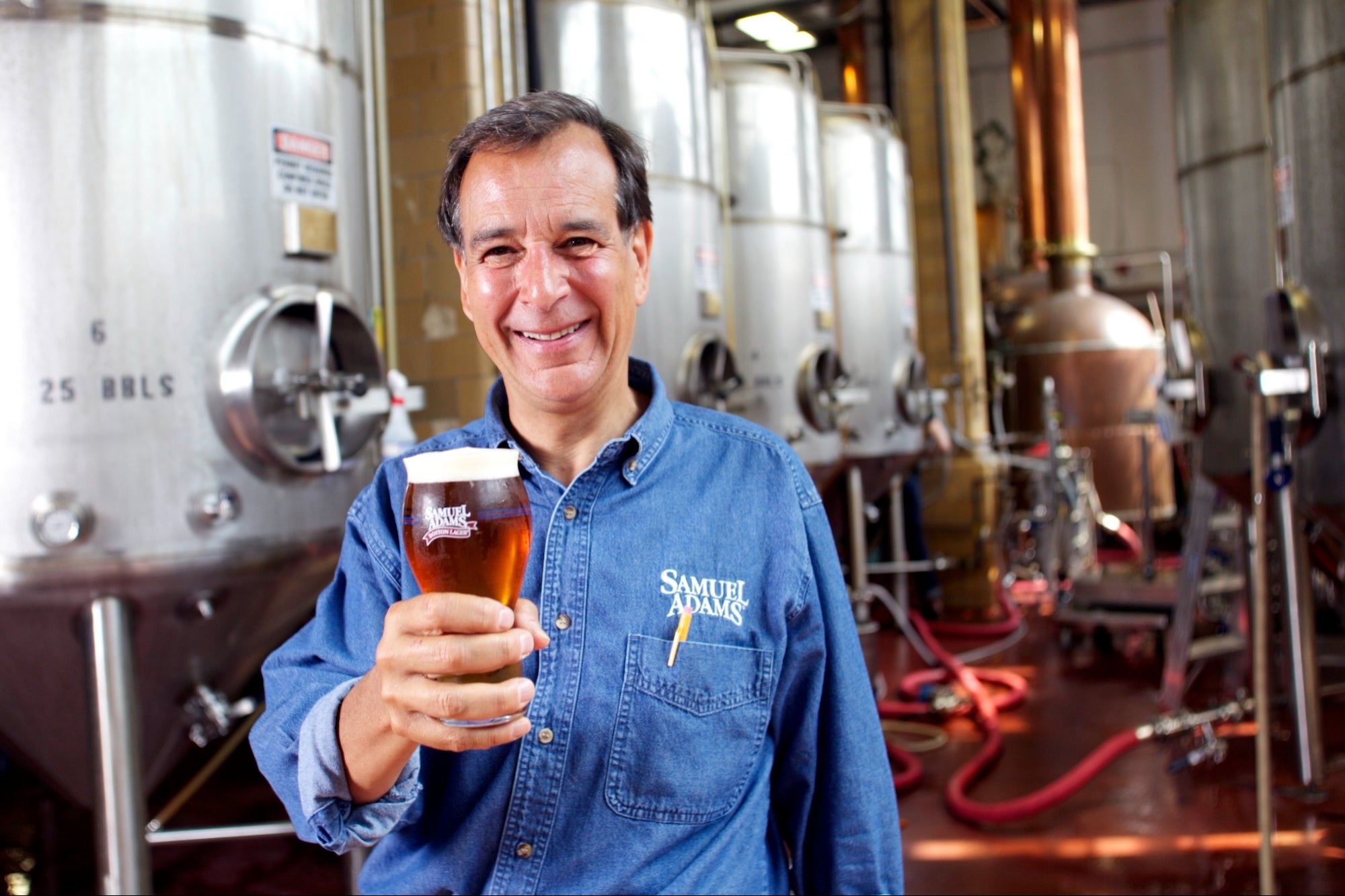
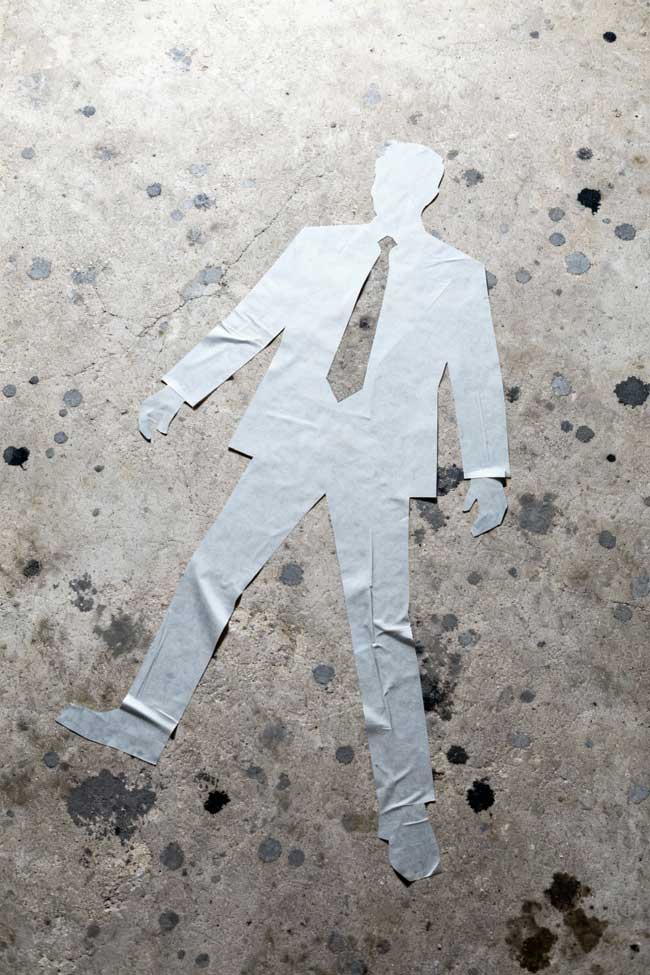
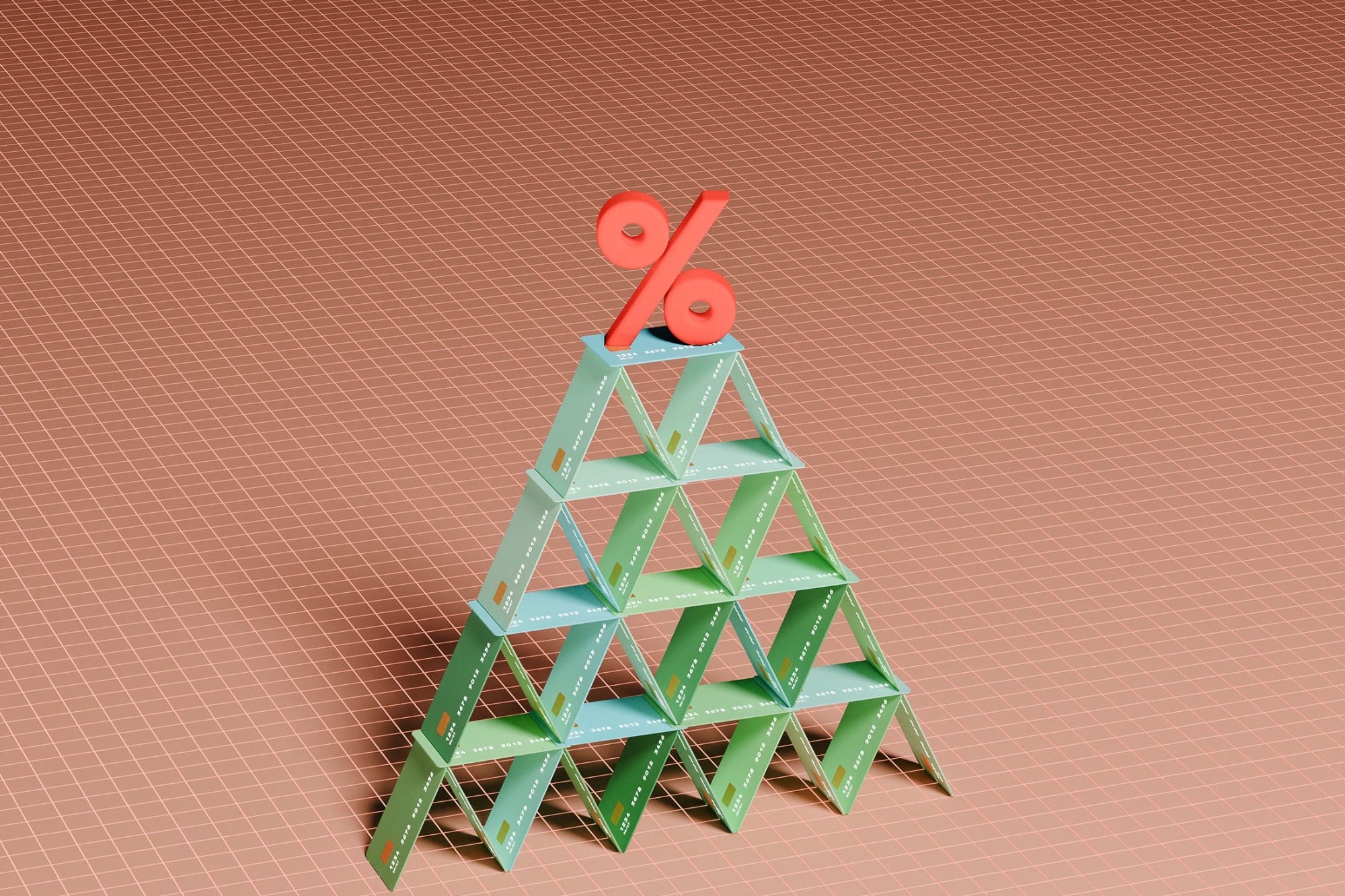
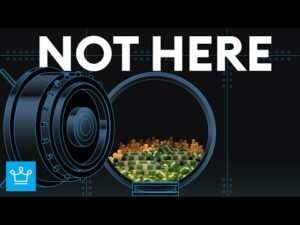

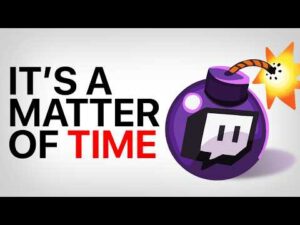
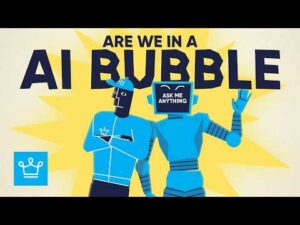
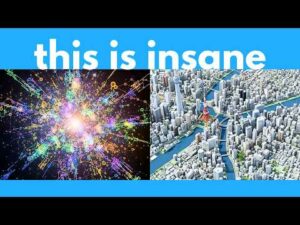
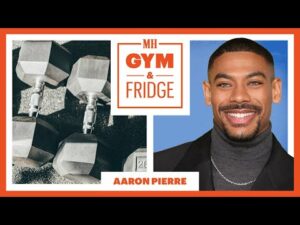

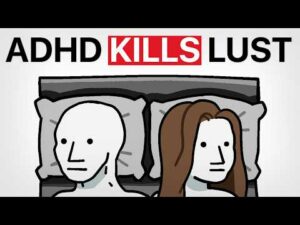
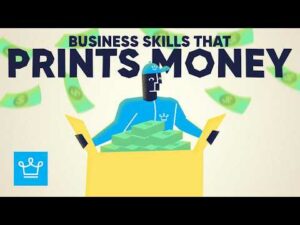

Post Comment